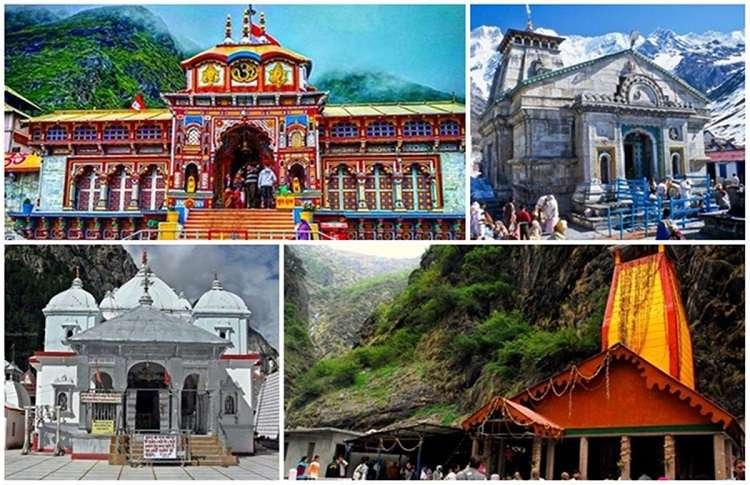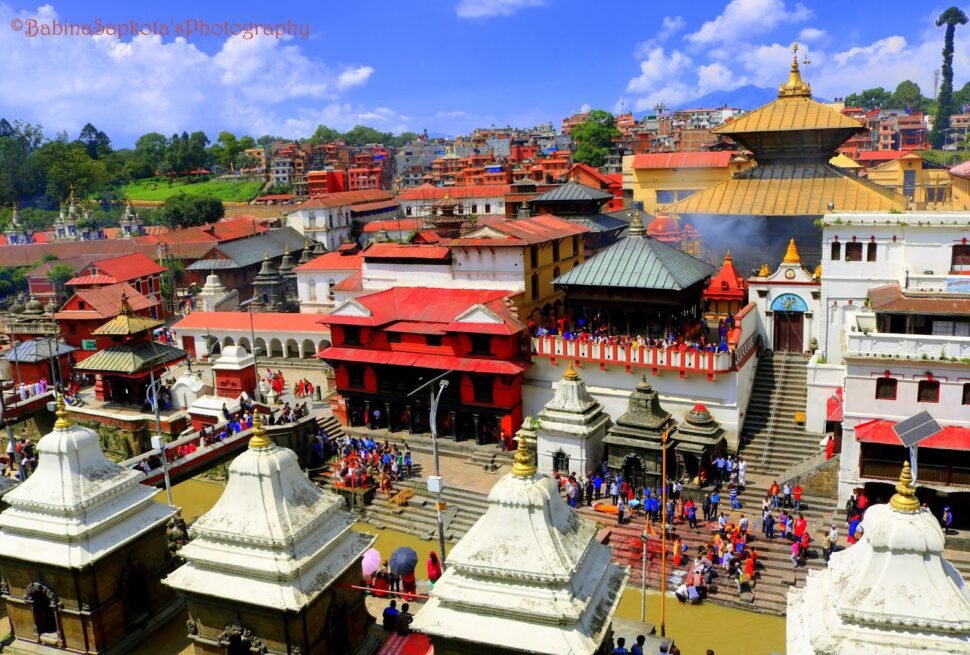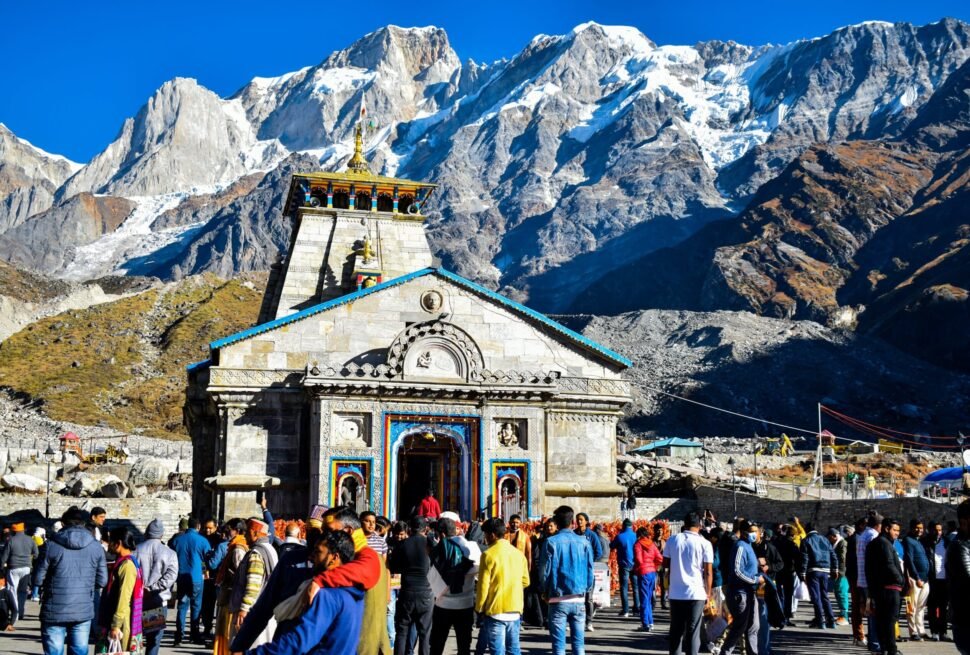The Chardham Yatra, encompassing four sacred sites in the Indian Himalayas—Yamunotri, Gangotri, Kedarnath, and Badrinath—is a significant pilgrimage for devout Hindus. This spiritual journey holds immense religious, cultural, and historical importance. In this comprehensive article, we will delve into the multifaceted importance of the Chardham Yatra, emphasizing its religious significance, spiritual benefits, cultural impact, and the role it plays in the local economy and environment.
Religious Significance
The Chardham Yatra holds a significant place in Hindu mythology and scriptures. Each of the four sacred sites carries its own unique religious importance.
-
- Yamunotri: This holy site honors Goddess Yamuna and marks the origin of the Yamuna River. Pilgrims visit Yamunotri to seek the blessings of the goddess and cleanse their sins by taking a dip in the sacred Yamuna waters. Devotees believe that a holy bath here purifies the body and mind.
- Gangotri: Gangotri is the origin of the Ganges River, considered the holiest river in Hinduism. The Temple here is dedicated to Goddess Ganga. Pilgrims visit Gangotri to perform rituals and take a holy dip in the Ganges, believing it will cleanse their souls and bring salvation.
- Kedarnath:
This sacred pilgrimage site is one of the twelve Jyotirlingas, the holiest temples of Lord Shiva. The majestic Kedarnath Temple stands at a high altitude, surrounded by snow-covered peaks. Pilgrims undertake a tough trek to reach the shrine, seek Lord Shiva’s blessings, and free themselves from the cycle of life and death. Devotees believe that the divine energy of Kedarnath leads them toward spiritual liberation.
- Badrinath: he sacred Badrinath Temple honors Lord Vishnu and ranks among the 108 Divya Desams, the holiest shrines for Vaishnav devotees. Situated beside the Alaknanda River, Badrinath attracts pilgrims who seek divine blessings, spiritual peace, and ultimately moksha (liberation). Devotees believe that a heartfelt visit to this holy site brings purity and eternal bliss.
Spiritual Benefits
Undertaking the Chardham Yatra iis not just a physical journey but a deep spiritual experience. Pilgrims believe that this sacred yatra purifies the mind and soul, bringing inner peace and spiritual growth. As devotees move through rugged terrains and face tough weather, they test their faith and devotion. When they overcome these challenges, they strengthen their resolve and feel a stronger connection with the divine.
Cultural Impact
The Chardham Yatra has a profound cultural impact on Indian society. It promotes the preservation and celebration of age-old traditions and rituals. Festivals and religious ceremonies held at these sites attract thousands of devotees and tourists, fostering a sense of community and shared cultural heritage. The Yatra also encourages the practice of hospitality, as local residents offer accommodation and support to the pilgrims.
Economic Significance
The Chardham Yatra plays a crucial role in the local economy of the Uttarakhand region. The influx of pilgrims and tourists generates revenue for local businesses, including hotels, restaurants, transport services, and shops selling religious artifacts and souvenirs. This economic activity provides livelihoods for thousands of people, contributing to the overall development of the region.
Environmental Considerations
The Chardham Yatra holds great religious and economic importance, but it also creates environmental challenges. As tourism grows, travelers often generate pollution and disturb the pristine Himalayan ecosystem. To protect the region, authorities and local communities now promote sustainable tourism. They focus on better waste management, eco-friendly accommodations, and awareness programs that encourage visitors to conserve nature. These efforts aim to preserve the natural beauty and ecological balance of the Himalayas for future generations.
Conclusion
The importance of the Chardham Yatra extends beyond its religious significance. It is a journey that enriches the spiritual lives of devotees, strengthens cultural bonds, boosts the local economy, and, with responsible practices, can promote environmental sustainability. For millions of Hindus, the Chardham Yatra remains a revered pilgrimage, symbolizing faith, devotion, and the eternal quest for spiritual enlightenment.








